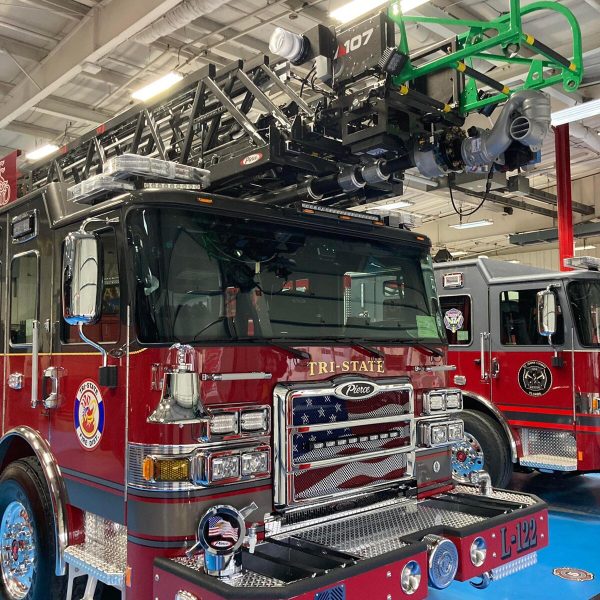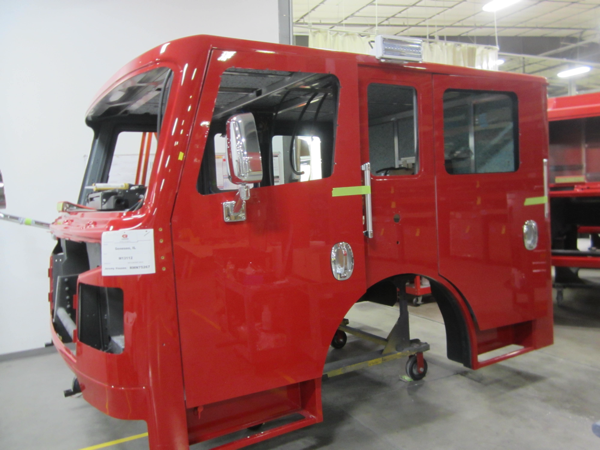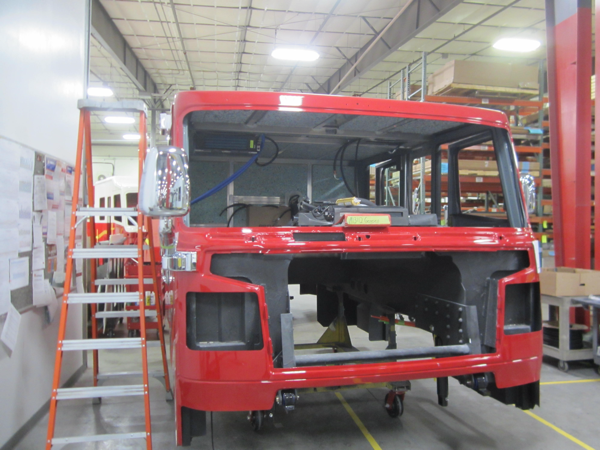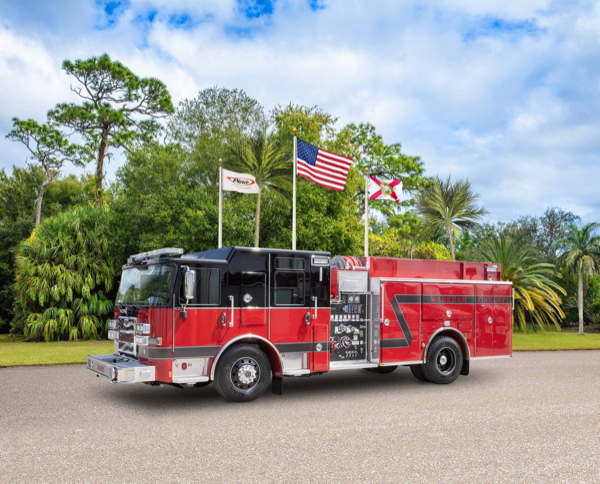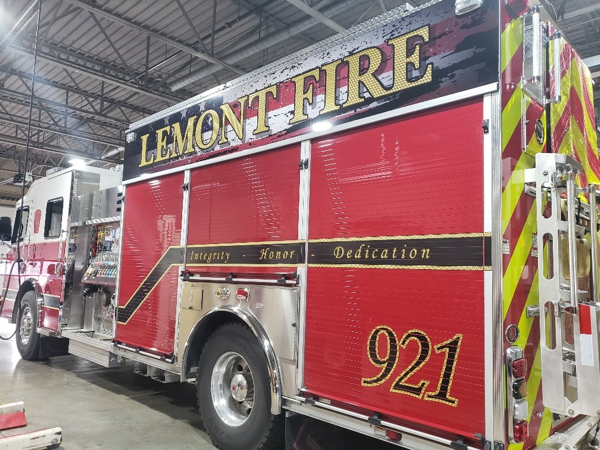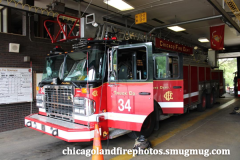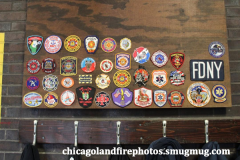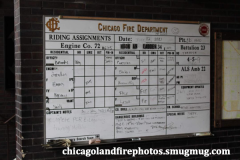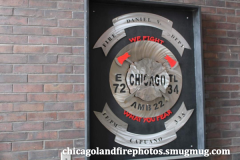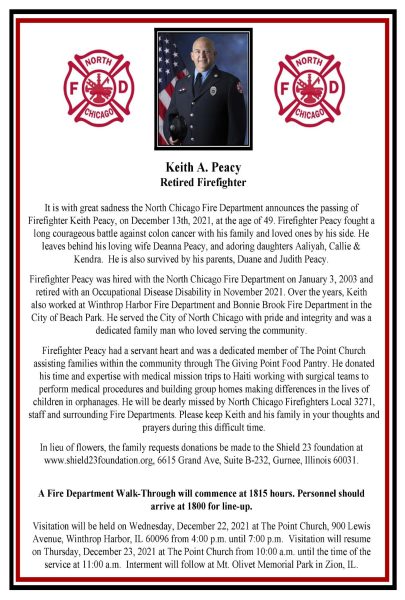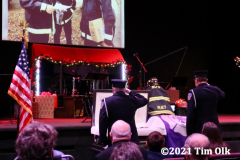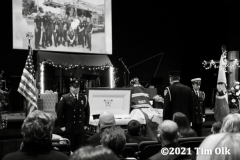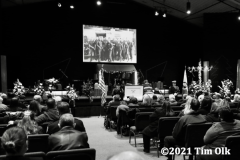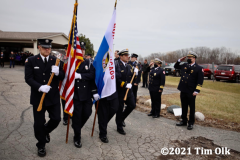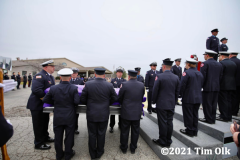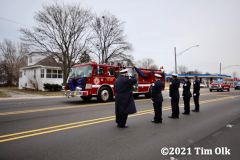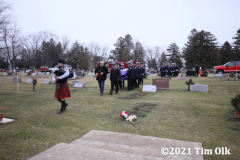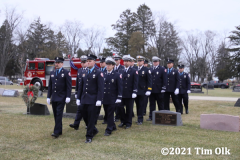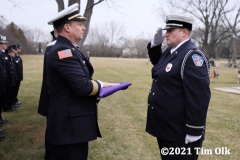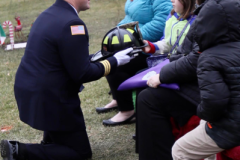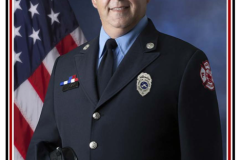From Phil Stenholm:
Another installment about History of Evanston Fire Department
After Squad 21 was placed into service in September 1952, manpower assignments were switched around slightly at Station # 1. The two extra men formerly assigned each shift to the two downtown “high-value district” companies – Engine 25 and Truck 21 – were moved to Squad 21, as the squad responded with a two-man crew to all inhalator calls (about 100 per year in the 1950’s), replacing Engine 21 as the city-wide inhalator squad, and thus keeping Engine 21 available for fires. Additional inhalators were kept in ready-reserve at Station # 1 and could be loaded onto any EFD vehicle in case Squad 21 was not available.
Squad 21 did not respond only to inhalator calls. With four mounted searchlights, a portable gas-powered generator, power tools, smoke-ejector fans, portable floodlights, extra salvage covers, two portable turret nozzles, a backboard, a Stokes basket, a large supply of rope, rappelling gear, and an oxygen-acetylene cutting torch on-board, Squad 21 also responded to all working structure fires, rescue calls, and any other incident that required the many specialized tools carried aboard the rig.
As a result of placing Squad 21 into service with a two-man crew, each of the engine and truck companies at Station # 1 now operated with a maximum five man-crew each shift, although each company could “run short” with a four-man crew if one of the company’s men was absent due to vacation, illness, or injury. With Squad 21 always staffed by two men, and with a chief’s driver always on duty, the maximum daily staffing at Station #1 each shift remained 23 men, although it could be as few as 19 if all four companies at Station # 1 were running a man short.
The engine companies at the other three fire stations continued to operate as they had since the additional Kelly Day was added in 1948, with a four-man crew scheduled each shift, although each of the companies could run with a three-man crew if a man was absent due to vacation, illness, or injury. This resulted in an aggregate maximum daily shift staffing at the four fire stations of 35 men if no firefighters were absent, and an absolute minimum of 28 if all seven companies were to run one-man short at the same time. Because Evanston firefighters were not permitted to take vacations or use overtime comp days November through March, it was not uncommon for a shift to be operating at maximum strength or near-maximum strength on any given winter day. Conversely, it was not uncommon for several companies or sometimes even all seven companies to be operating a man short on any given day in the spring, summer, and early fall.
Annual salaries in the EFD in 1953 ranged from $7,200 (Chief Fire Marshal) to $5,484 (Assistant Chief Fire Marshal) to $5,100 (Captain) to $4,770 (Lieutenant) to $4,620 (both for Mechanic and Administrative Assistant) to $4,332 (Fireman I) to $4,272 (Fireman II) to $4,200 (Fireman III) to $4,080 (Fireman Recruit).
During 1953, Capt. Lincoln Dickinson (Engine Co. 23) retired after twenty years of service, and Lt. Knud Hanson (Truck Co. 22) retired after 26 years of service. Back when he was rookie firefighter, Capt. Dickinson was one of the three members of the EFD who were laid-off on January 1, 1933, so his twenty years of service was spread over two separate tours. The three Evanston firefighters who were laid-off during the Great Depression did not receive credit toward retirement while laid-off.
To fill the void left by the departure of Capt. Dickinson and Lt. Hanson, Lt. Erv Lindeman was promoted to captain and assigned as company officer of Engine Co. 24, Capt. Ronald Ford was transferred from Engine Co. 24 to Engine Co. 23, and firemen Harry Schaeffer Jr and Richard Schumacher were promoted to lieutenant in January 1954. Lt. Schumacher was the first Evanston firefighter hired after World War II to be promoted. Both Lt. Schaeffer and Lt. Schumacher would eventually retire as assistant chiefs.
After the plethora of retirements in the 1940’s, only seven Evanston firefighters who were not officers retired in the 1950’s, including firemen John Lee (26 years of service), Bernard Lindberg (26 years), John Linster (26 years), and William Schreiber (22 years) in 1950, Francis Williams (24 years) in 1951, John Kabel (20 years) in 1953, and Charles Bammesberger (28 years) in 1955. Fireman Kabel was one of the men laid-off on January 1, 1933, so like Capt. Dickinson, his career was interrupted, and so his service was spread over two separate tours.
Patterned after the Chicago Fire Department’s box alarm card system, the Mutual-Aid Box Alarm System (or “MABAS”) was created in 1968 to provide the fire departments of northern Illinois with a systematic pre-planned mutual-aid response to fires, medical emergencies, special rescues, etc,
Although it wasn’t formally established until 15 years later, the origin of one of the MABAS divisions can perhaps be found in July 1953, when a number of North Shore fire departments that would eventually form MABAS Division 3, including Evanston, Wilmette, Winnetka, Glencoe, Northbrook, Highland Park, and the Glenview Naval Air Station, participated in a day-long joint training exercise held under the auspices of the Northeastern Illinois Fire Chiefs Association at New Trier High School in Winnetka. The need for the joint training exercise was noted after several local fire departments responded into the Village of Wilmette on November 28, 1952, assisting the Wilmette F. D. in battling a large fire at St. Augustine’s Episcopal church at 1122 Oak Ave. Fire departments provided mutual-aid to each other long before there was a MABAS, but it tended to be somewhat disorganized and at times a bit chaotic, and that was apparently the case at the St. Augustine’s church fire.
The 1953 joint training exercise gave the participating north suburban fire departments an opportunity to practice working together at a complex incident. Chief Henry Dorband, both platoons of Engine Co. 23 manning Engine 23 and Truck 23, Engine Co. 25 manning both Engine 25 and Squad 22, Truck Co. 22 , and Squad 21 represented the Evanston Fire Department at the exercise, with Engine Co. 25 commanded by platoon drillmaster Capt. Ed Fahrbach, and with Truck Co. 22 led by platoon commander Assistant Chief Michael Garrity. Recently promoted Assistant Chief William Murphy — commander of the Fire Prevention Bureau — stayed behind in Evanston and served as acting platoon commander, with Engine Co. 21, Engine Co. 22, Engine Co. 24, and Truck Co. 21 covering the city while the other companies were in Winnetka.
